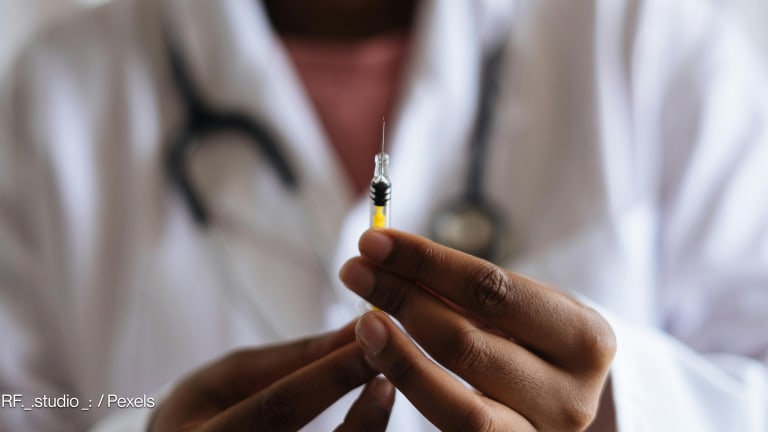Ntokozo Zakwe went to a health facility to ask for information about safe sex when she was 19 years old but the negative response she received from a nurse discouraged her from going back.
Most girls and young women in South Africa who try to seek information on how to have safe sex are either shut down or discriminated against, Zakwe said. Such responses are a major barrier for those trying to make informed decisions about their sexual reproductive health, she added.
Perhaps this explains why despite the progress in the global response to curb the spread of HIV, adolescent girls and young women still account for 71 percent of new transmissions among adolescents in sub-Saharan Africa. South Africa alone records more than 100,000 new infections in young women between the age of 15 and 24 per year.








